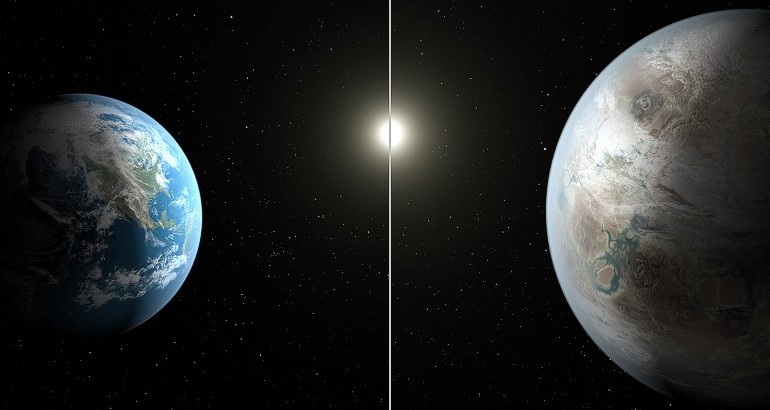WASHINGTON: After completing its first year of observations in the southern sky, NASA’s Transiting Exoplanet Survey Satellite (TESS) has spotted some intriguing new exoplanets only 31 light-years away from Earth.
Multiple exoplanets, planets orbiting stars outside our solar system, were discovered orbiting an M-dwarf star, called GJ 357 in the Hydra constellation. The star is 40% cooler than our sun and only about a third of the sun’s mass and size. A study describing the three planets was published this week in the journal Astronomy and Astrophysics.
The first exoplanet discovered around the star was GJ 357 b. The exoplanet is 22% larger and 80% more massive than Earth, making it a super-Earth. It’s 11 times closer to its star than Mercury is to our sun and the researchers estimate that it has an average temperature of 490 degrees Fahrenheit. This does not account for any potential warming effects of an atmosphere if it has one. It completes one orbit around the star every 3.9 days.
“We describe GJ 357 b as a ‘hot Earth,'” said Enric Pallé, study co-author and astrophysicist at the Institute of Astrophysics of the Canary Islands. “Although it cannot host life, it is noteworthy as the third-nearest transiting exoplanet known to date and one of the best rocky planets we have for measuring the composition of any atmosphere it may possess.”
The researchers also discovered more signals of exoplanets in the system. GJ 357 d, a super-Earth that is 6.1 times the Earth’s mass, is the most intriguing because it orbits the star at a distance where the temperature might be just right to support liquid water on the surface.
(Agencies)









Comment